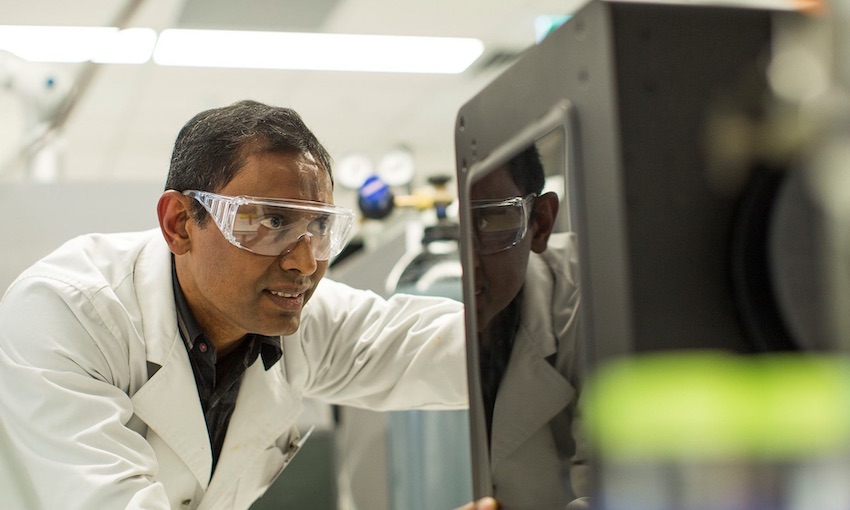SOUTH Australian based Sparc Technologies Limited has announced further positive results from its ongoing coatings test work performed with the University of Adelaide. These results deliver another milestone in the development of a range of graphene-based additives for use in marine and protective coatings.
Graphene, which can be extracted from graphite, is a 2-dimensional nano material made of carbon atoms arranged in a hexagonal pattern, giving it unique and powerful properties that, with the right technology, can be imparted on products to improve performance.
Using ISO testing methodology, Sparc has evaluated the performance of a range of grapheme-based additives produced using variations of raw material sources, processing methods and graphene quantities.
The current test work addressed adhesion and scribe corrosion creep.
Scribe creep describes the scribing of coated samples through the coating layer and into steel panels using a scribe tool and the resultant corrosion. The less corrosion creep on either side of the scribe, the higher the corrosion resistance performance.
Sparc managing director, Tom Spurling, said, “The results from this round of test work are extremely encouraging. Test work has been undertaken to conform to ISO standards which enables us to target our vast industrial customer base to assess the results objectively.
“Sparc will now use the data derived from this test work, build on it, and continue to refine the optimal graphene formulation for the coatings additive so as to maximise performance.”
The work has highlighted the performance benefits of graphene additives in general, with a number of the additives generating significant improvement in adhesion and/or scribe creep results at very low grapheme additive levels.
Improvement in adhesion of up to 19% was observed in single coat systems and reduction in scribe creep of up to 73% in three coat systems.
In the context of Sparc’s targeted customer industries, these results represent a potential for substantial cost efficiencies and performance improvements.

